Jerez de Los Caballeros is a small town located in the Spanish region of Extremadura, about 75 kilometres south of Badajoz and very close to the border with Portugal and the province of Huelva.
Built on two imposing hills next to the Ardila River, a tributary of the Guadiana, Jerez de Los Caballeros has been inhabited since prehistoric times, as evidenced by the numerous megalithic-era remains found in its surroundings.
It is believed that the Phoenicians founded the city as Ceret and that, in Roman times, it was renamed Fama Iulia Seria. Its privileged location, between Italica and Emerita Augusta (present-day Mérida), made Fama Iulia Seria an important commercial centre.
After the fall of the Roman Empire, the town passed into the hands of the Visigoths and later the Arabs under the name Xeres. Few remains of this era remain in the city.
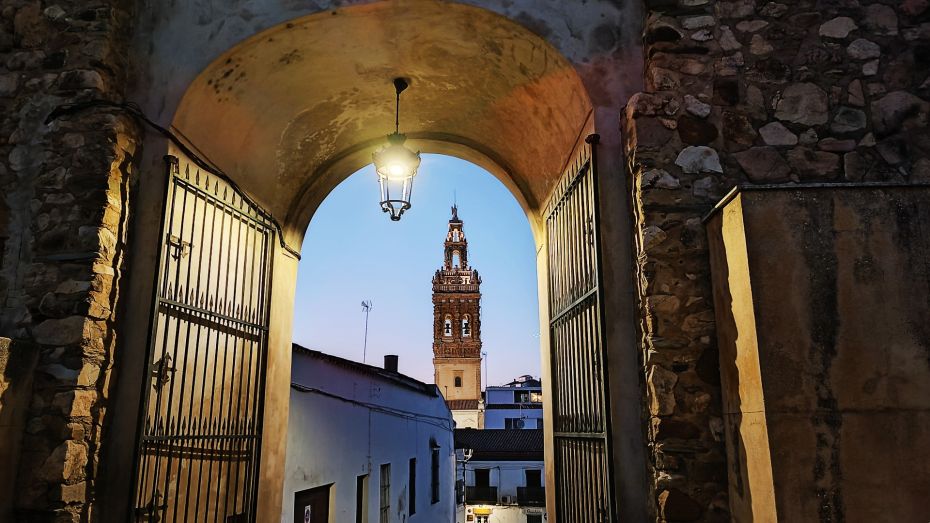
In the 13th century, Xeres was conquered by Alfonso IX of León with the help of the Order of the Temple, which would be given control of the city in 1240. Under Templar rule, Xerez, now with the suffix “de Los Caballeros” (The Knights), experiences population and economic growth. During this time, many of its most emblematic buildings were built, including the castle, the walls, and the church of San Bartolomé.
In 1312, by a bull of Pope Clement V, the Order of the Temple was dissolved for heresy, and its possessions were confiscated and transferred to the Crown. The Templars of Jerez de Los Caballeros refused to comply with the order and barricaded themselves, at first in the fortress and later in its Keep. After a bloody battle, the knights were defeated, their throats cut and their bodies thrown down the cliffs. Since then, the castle’s Keep has been known as the “Torre Sangrienta” (Bloody Tower).
During the Renaissance, Jerez de Los Caballeros once again took centre stage. The town is famous for being the birthplace of prominent Spanish conquerors such as Vasco Núñez de Balboa, the first Spaniard to see the Pacific Ocean, and Hernando de Soto, founder of several cities in Nicaragua.
Today, Jerez de Los Caballeros is a small but very lively town. Its impressive historical heritage and location on the Dehesa de Extremadura Ibérico Route and next to the D.O.P Ribera del Guadiana wine region make it one of the most interesting cultural and gastronomic destinations in western Spain.
Things to See in Jerez de Los Caballeros, Spain
This Spanish town offers several monumental attractions that allow you to appreciate its tumultuous and rich history.
The best part is that Jerez is a compact villa, easy to explore on foot, so getting around the main attractions in Jerez de Los Caballeros is a simple task. Of course, since it’s located on steep hills, we recommend you wear comfortable shoes and always have a bottle of water at hand.
1. Jerez Castle & Bloody Tower
The fortress is the most remarkable tourist attraction in Jerez de Los Caballeros.
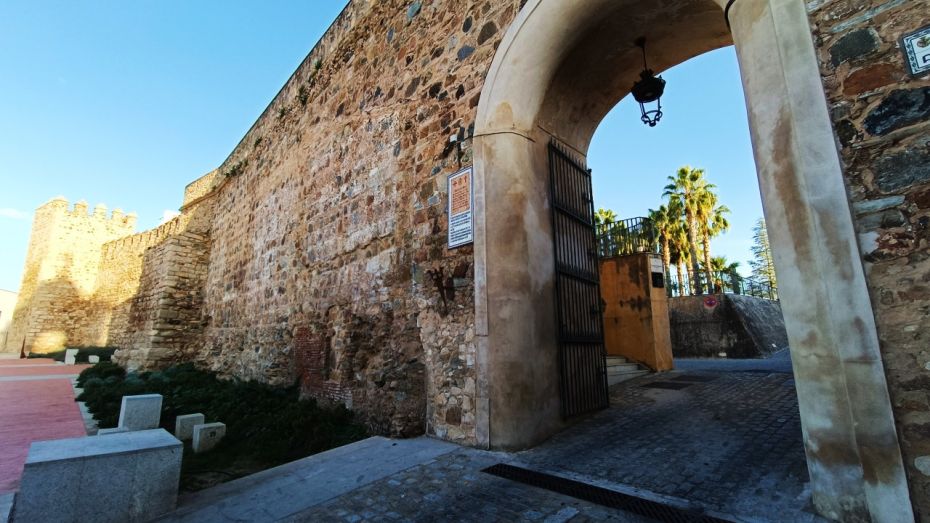
Like most defensive buildings from medieval times, the Jerez fortress is located on top of the hill overlooking the historic town centre.
Although its origins date back to Arab times (and possibly even Roman times), most of the buildings we see today date back to the 13th century, when the city passed into the hands of the Order of the Temple after the Christian conquest.
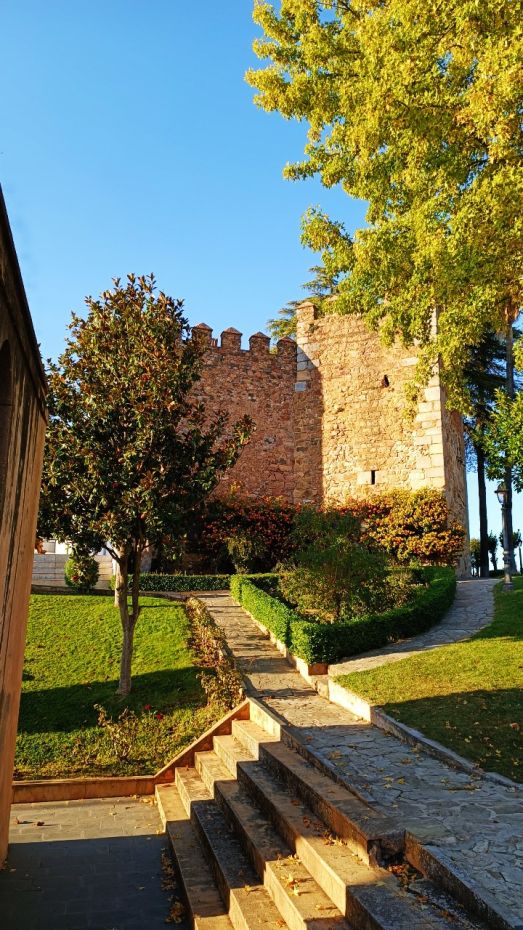
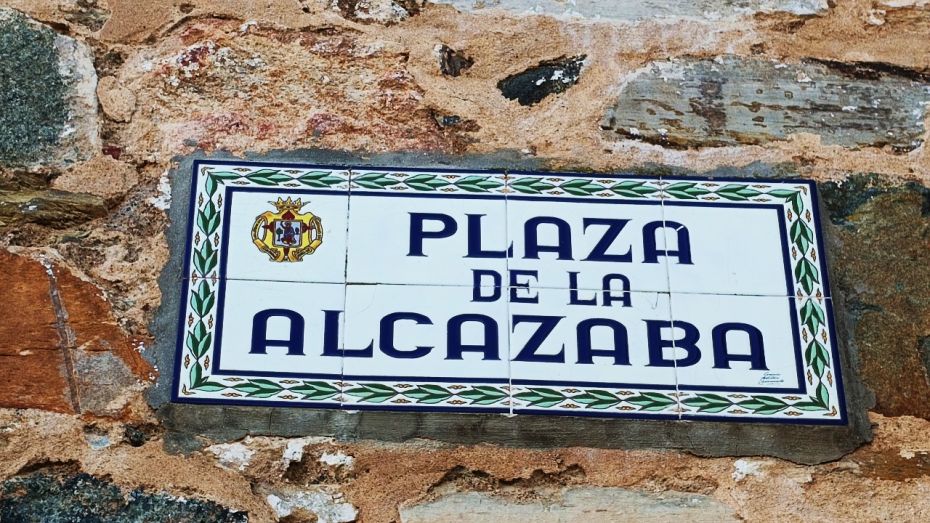
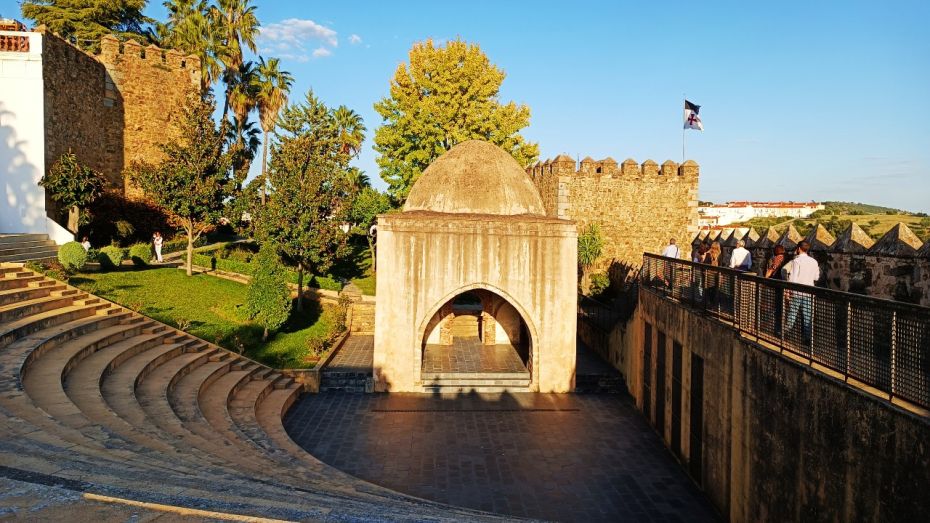
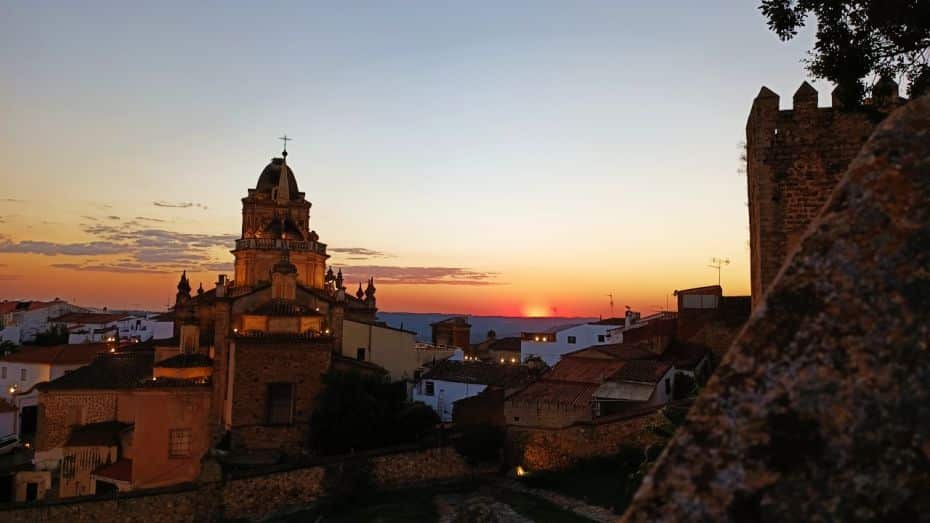
This fortified complex receives the name of Alcazaba, fortress or castle, indistinctively and is shaped like an irregular pentagon. The material used for its construction is stone in the form of large ashlars.
Except for the defensive towers on its perimeter, most of the interior rooms of the fortress have disappeared and have been replaced by a garden. A small chapel from the 15th century and a cistern are still preserved.
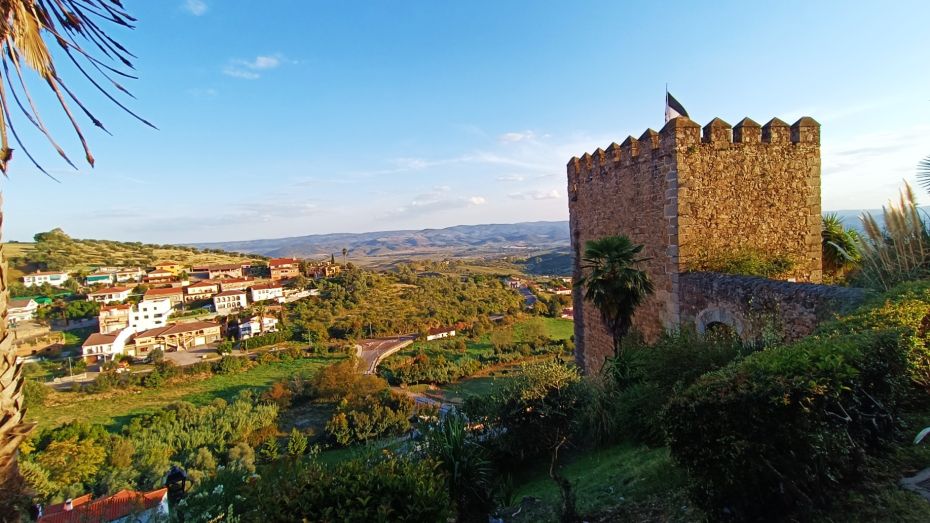
Of the five defensive towers that are preserved, the most representative is the Keep or “Torre Sangrienta”, the background of one of the most violent episodes in the history of Jerez de Los Caballeros for being the last place of refuge of the Knights Templar before being defeated and slaughtered by the royal troops.
2. San Bartolomé Church
The parish church of San Bartolomé is considered the most beautiful church in Jerez de Los Caballeros, thanks to its profuse decoration and colour.
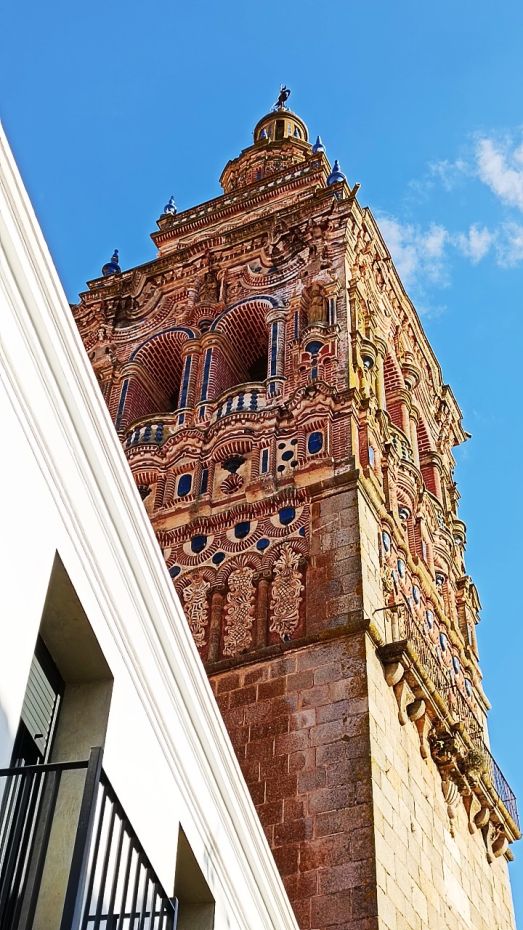
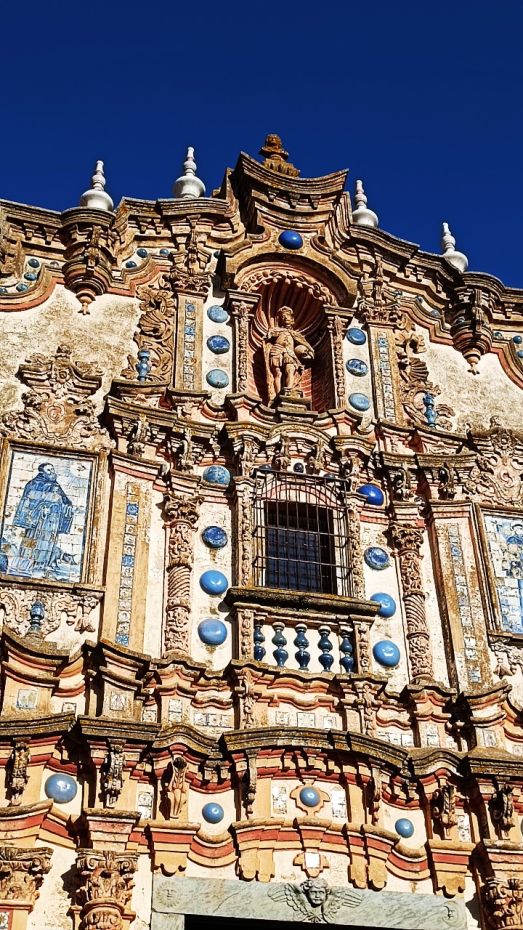
This 15th-century church, remodelled in the 18th century, has an eminently baroque exterior style. Its blue glazed ceramic ornaments are its most distinctive feature.
Although the church is known as one of the most beautiful examples of a Baroque church in the province of Badajoz, there are still some vestiges of its Gothic predecessor, the hermitage of San Bartolomé de la Jara.
The tower was completely rebuilt in 1759, as the original was destroyed by the Lisbon earthquake of 1755.
3. Santa María de la Encarnación Church
The Parish Church of Santa María de la Encarnación is the oldest of the four main churches in Jerez de Los Caballeros .
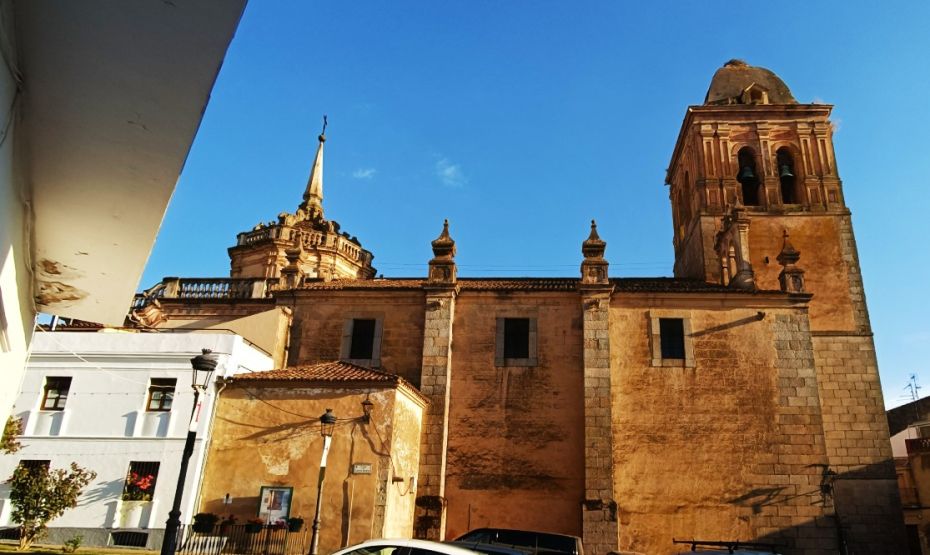
Its origins date back to the Visigothic period, and it has an inscription inside that places its consecration in 556 AD. The church is believed to have served as the central mosque in the city during the Arab period.
Extensively renovated over time, the church has Renaissance and neoclassical features setting it apart from the grand baroque temples in town.
4. San Miguel Arcángel Church
The church of San Miguel Arcángel is located in the heart of Jerez de Los Caballeros, right on the Plaza de España.
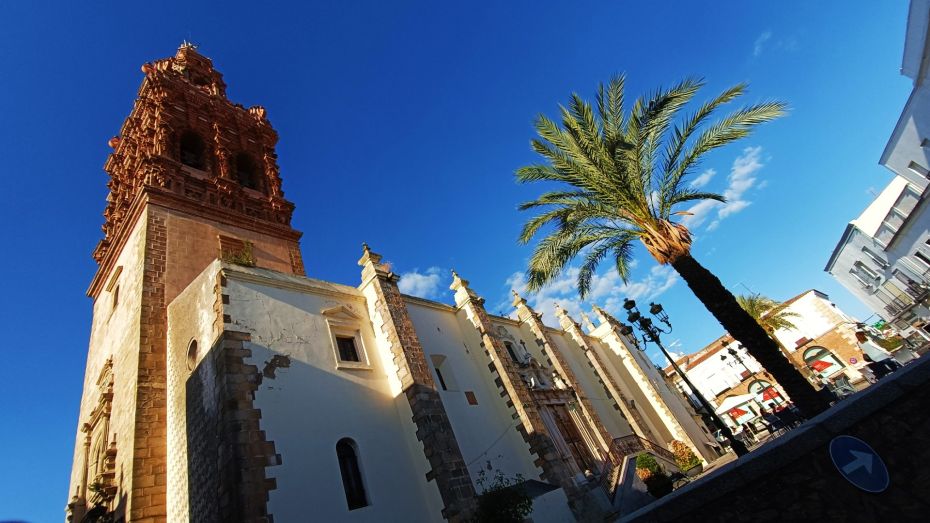
This great temple stands out for its collegiate church appearance and its 64-meter-tall baroque bell tower, crowned by a sculpture of the archangel.
Although its style is eminently Baroque, you can see a mixture of elements ranging from Gothic to Renaissance.
5. Clock Tower
The Clock Tower is part of the Alcazaba complex and, until the construction of the whitewashed addition that houses the clock, it had a purely defensive function.
The tower is quadrangular with two small windows that allow for some light to enter the building.
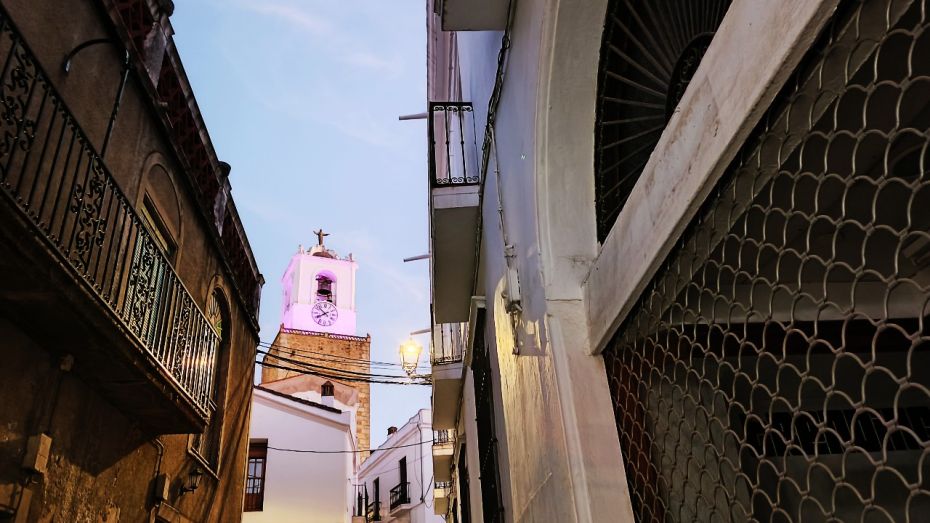
The addition that houses the clock also contains a bell tower.
The tower is topped with an image of Christ the Redeemer with open arms, the work of Huelva sculptor Antonio León Ortega.
6. Church of Santa Catalina
The parish church of Santa Catalina is the furthest of the four great churches of Jerez de Los Caballeros.
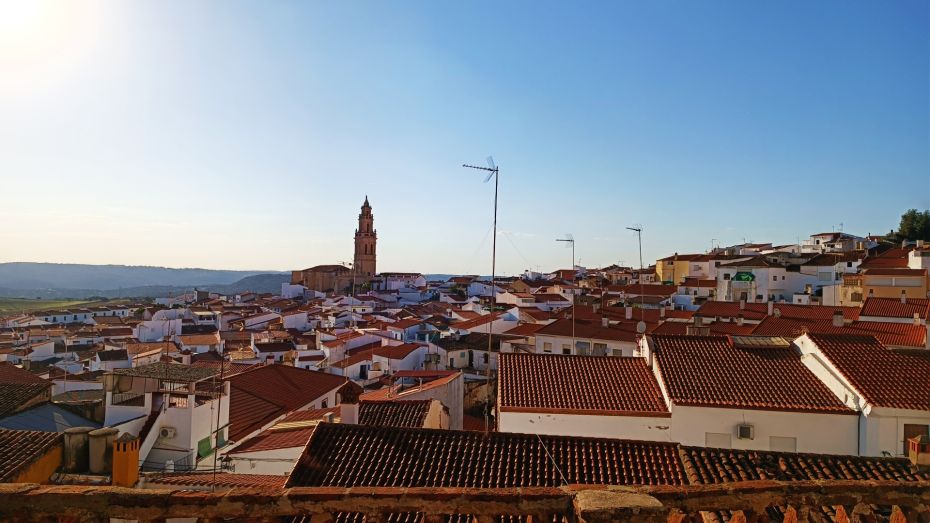
It is located on the top of a hill, and it mixes Gothic, Baroque and Classicist styles.
Its baroque tower forms the fifth of the towers that mark the urban profile of Jerez de Los Caballeros, nicknamed the “City of the Five Towers“.
7. Burgos Gate
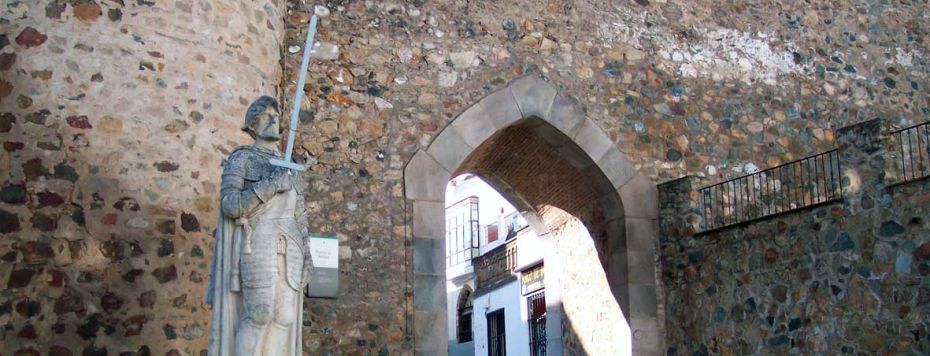
The Burgos Gate, also known as Burgos Archway, is one of the old access points of the medieval wall of Jerez de Los Caballeros.
This gate consists of a tower and a pointed arch allowing access to Calle de Los Templarios, one of the most important streets in Jerez.
Next to the tower is the statue of Hernando de Soto, a Spanish explorer and conqueror from this area.
8. Vasco Núñez De Balboa House Museum
The Vasco Núñez De Balboa House Museum is a small museum dedicated to the Jerez explorer and conqueror.
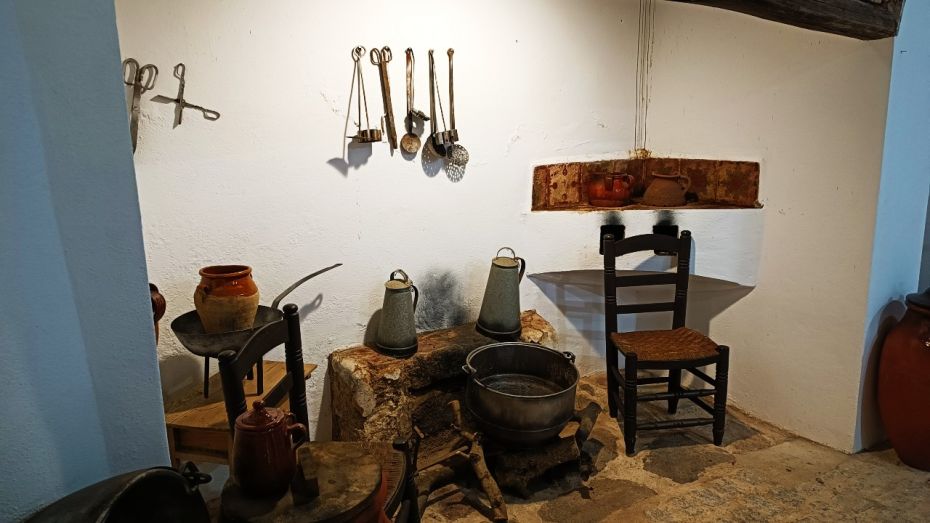
The museum is located in the childhood home of Vasco Núñez de Balboa, the first European to access the Pacific through the Americas and the first governor of Panama.
The museum house consists of three exhibitions; the main one explaining Balboa and the role of Extremadura during the Conquest, another about the history of Jerez de Los Caballeros, and the last one about city’s relationship with the Knights of the Order of the Temple.
The original medieval building has been expanded to house the museum’s exhibits. The local tourist board organizes guided tours with (a somewhat whitewashed) commentary about the Spanish conqueror’s life and legacy.
9. San Agustín Convent & Lookout
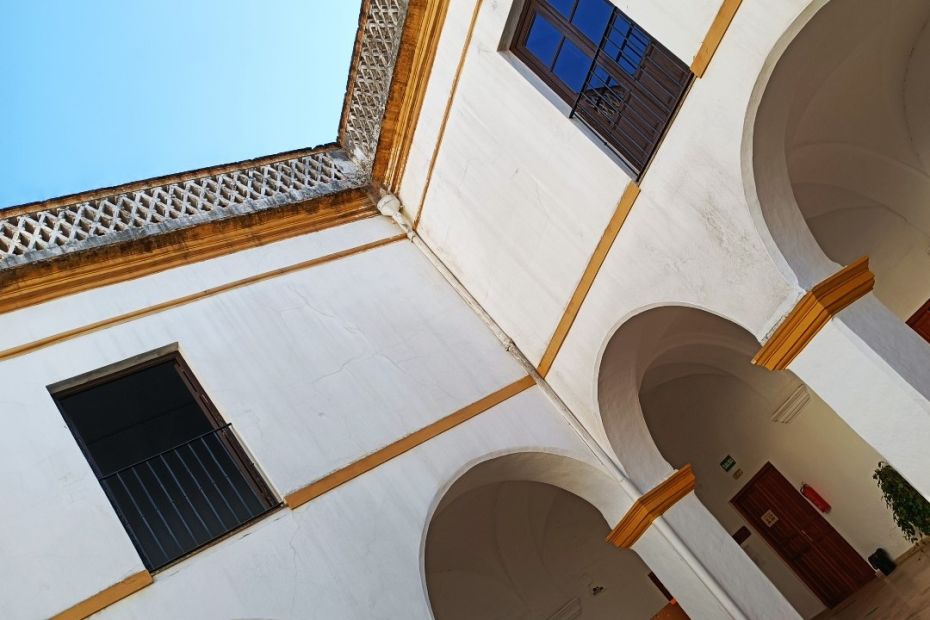
Located in the historic heart of Jerez de Los Caballeros, the old convent of San Agustín houses the main cultural centre of the town. Many events, congresses and exhibitions are held there.
This building is centred around a cloistered courtyard with semicircular arches on all four sides.
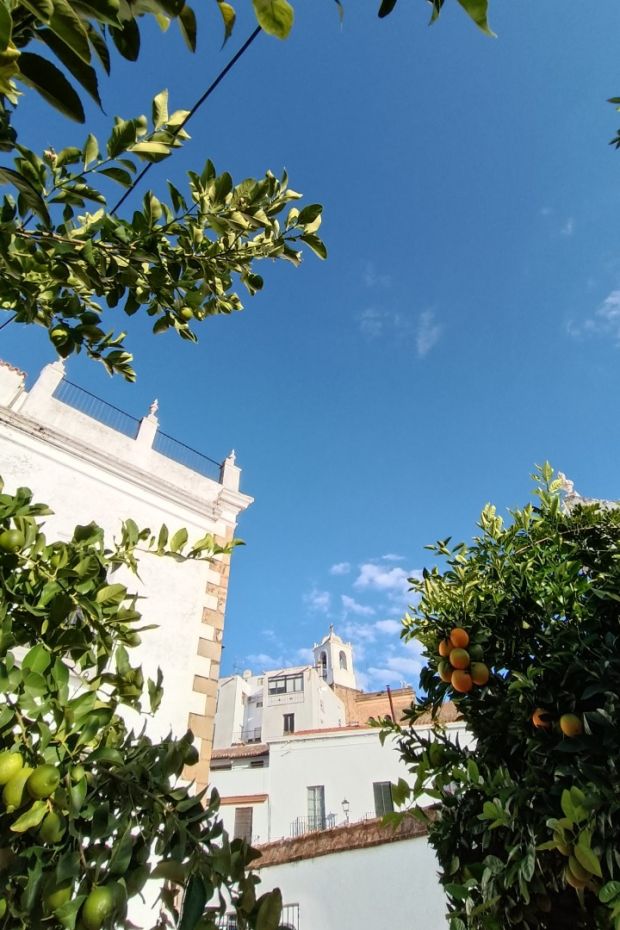
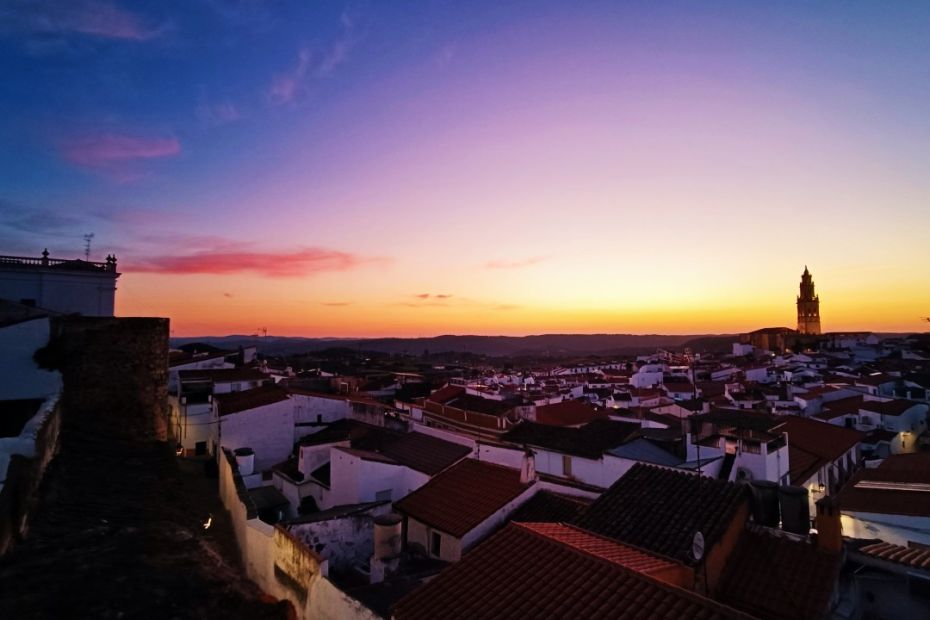
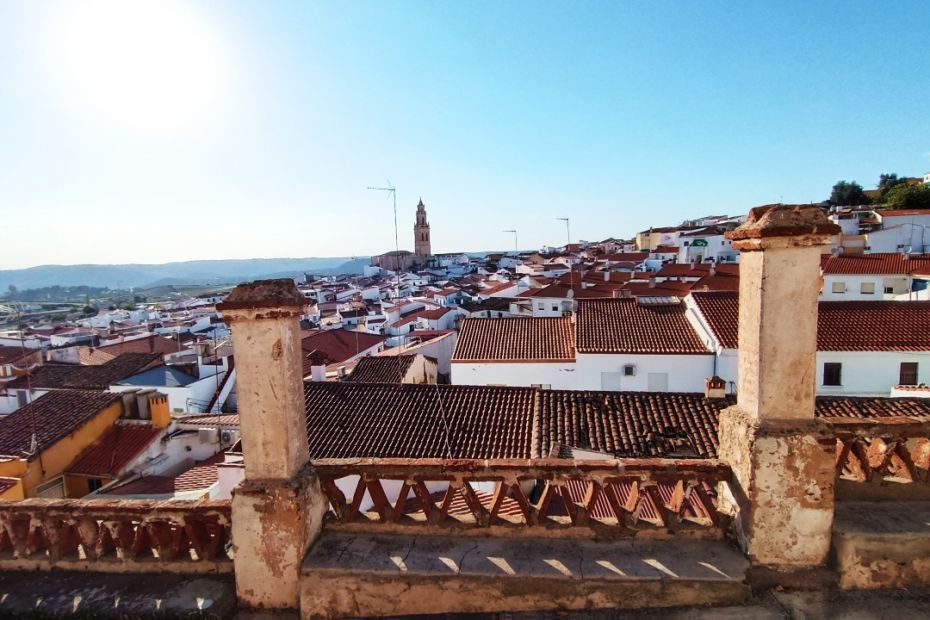
On its southern flank, located in a courtyard above the 13th century Templar wall, is the San Agustín viewpoint, which offers spectacular views to the west and south, including the bell tower of the church of Santa Catalina.
10. Plaza de España
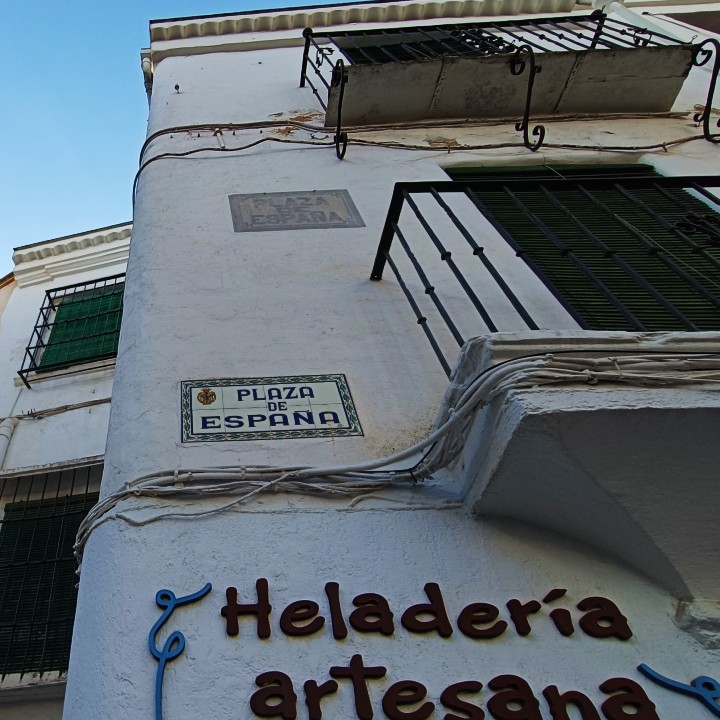
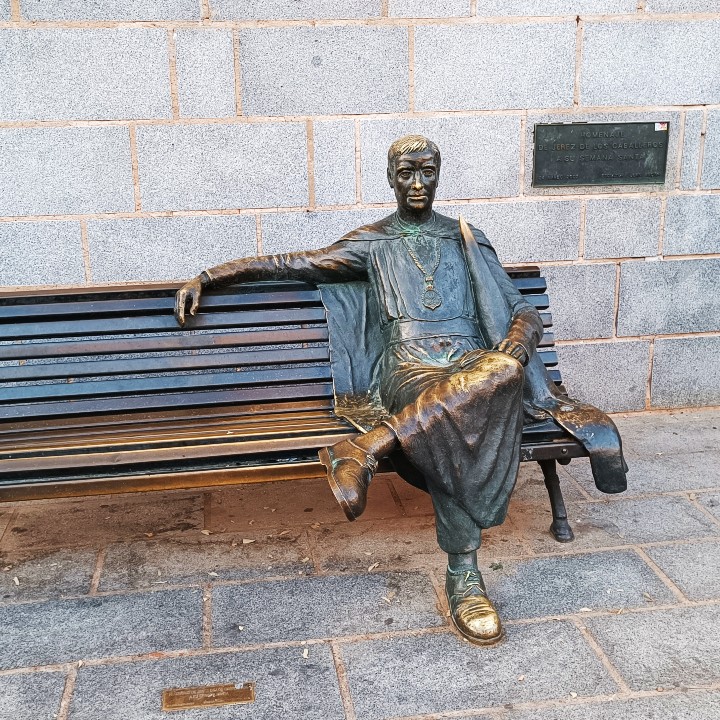
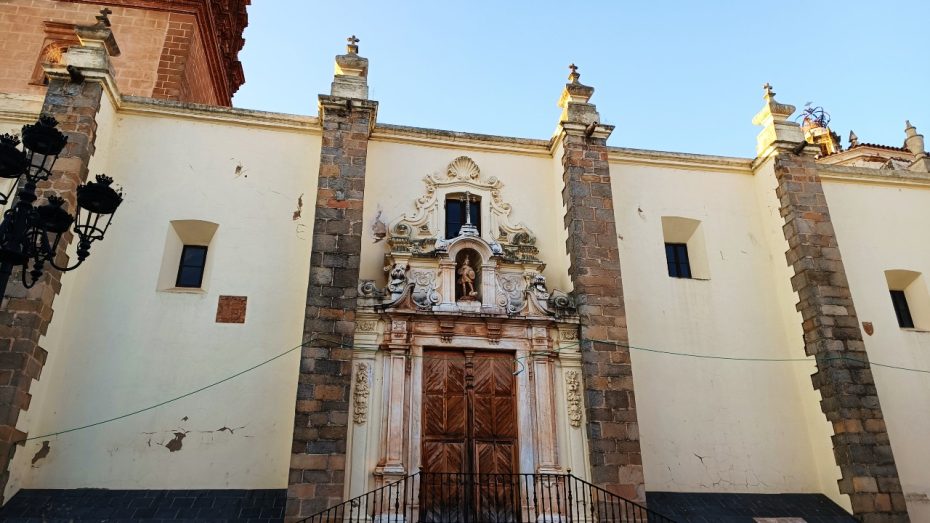
Plaza de España is the main public space in Jerez de Los Caballeros. It is located at the foot of the church of San Miguel Arcángel, in the heart of the historic district of this Spanish town.
The southern flank of the square constitutes the gastronomic and nightlife epicentre of Jerez, with several cafes, bars, terraces and restaurants.
11. Toriñuelo Dolmen
The Toriñuelo Dolmen is a funerary monument from the Chalcolithic era (Copper Age) located three kilometres from Jerez de Los Caballeros, on the Toriñuelo farm from which it receives its name.
It is a dolmen with a circular chamber covered with a false dome and a lintelled corridor.
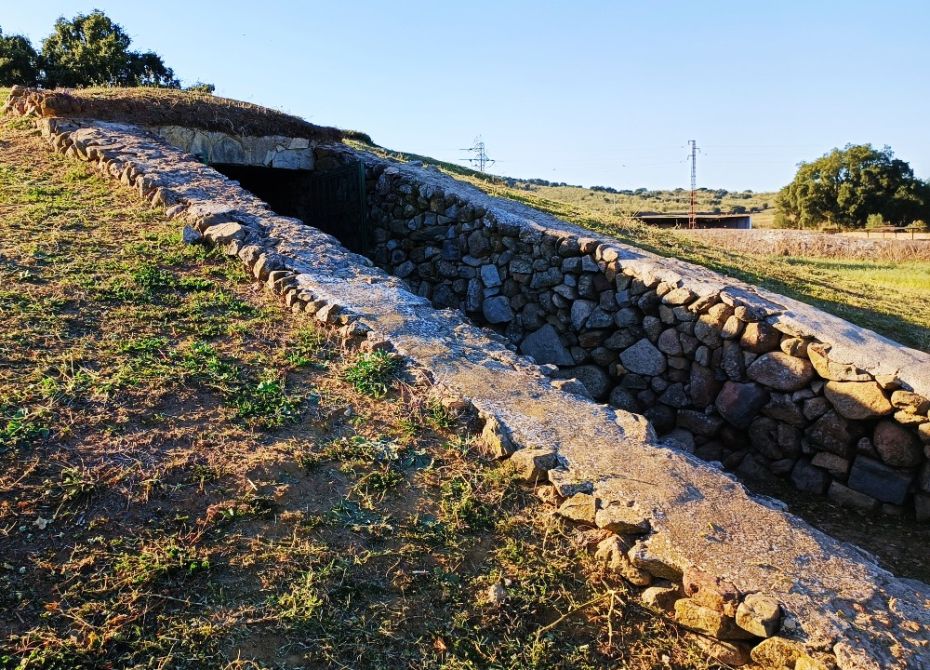
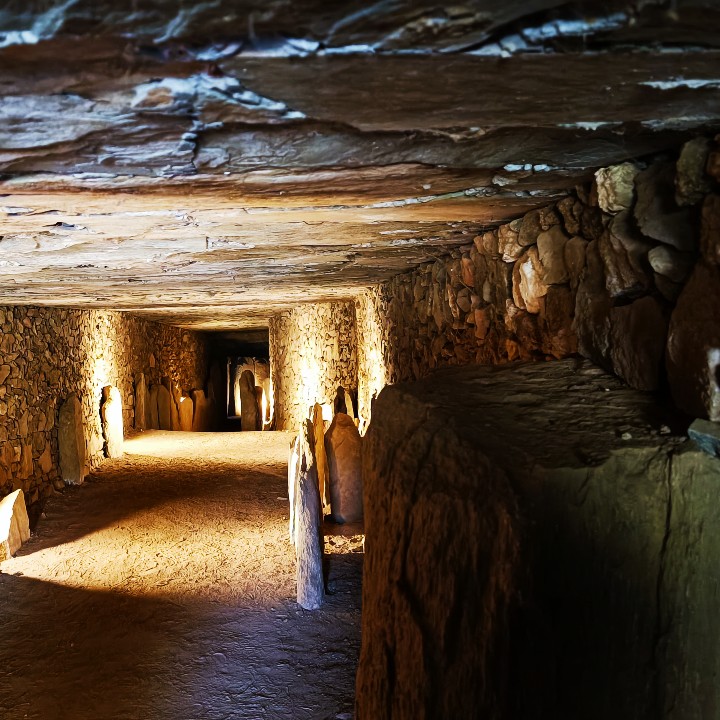
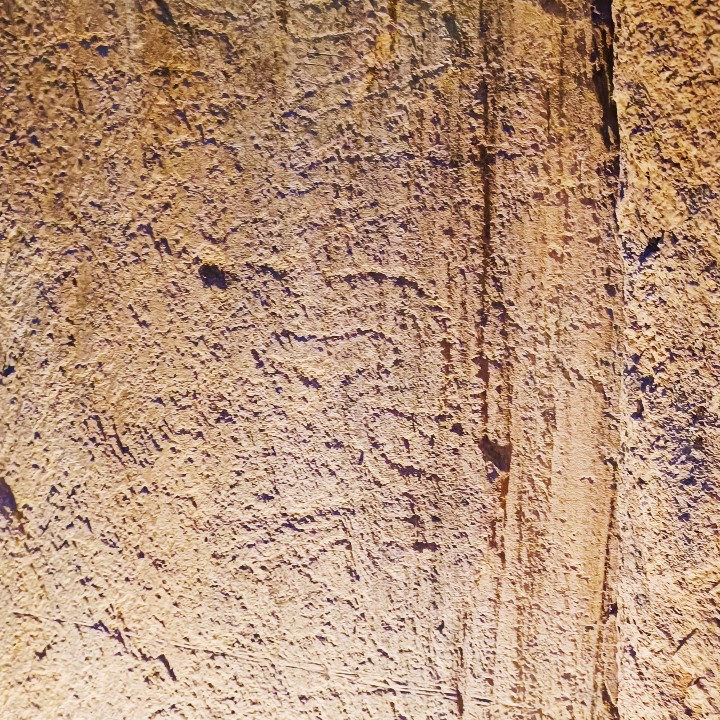
Deemed a National Monument in 1926, the dolmen passed into public hands in 2009. The structure that we can see today is an ashlar reconstruction following the original structure of which the orthostats, or vertical blocks that supported the roof slabs, can still be seen.
The Toriñuelo Dolmen is one of the best examples of prehistoric architecture in the province of Badajoz.
12. Roman bridge of Brovales
The Pontón de Brovales is a small bridge from Roman times over the Brovales stream.
Located next to the EX-112 road, which connects Jerez de Los Caballeros and Zafra, this single-arch bridge was, for centuries, the only way to cross the stream.
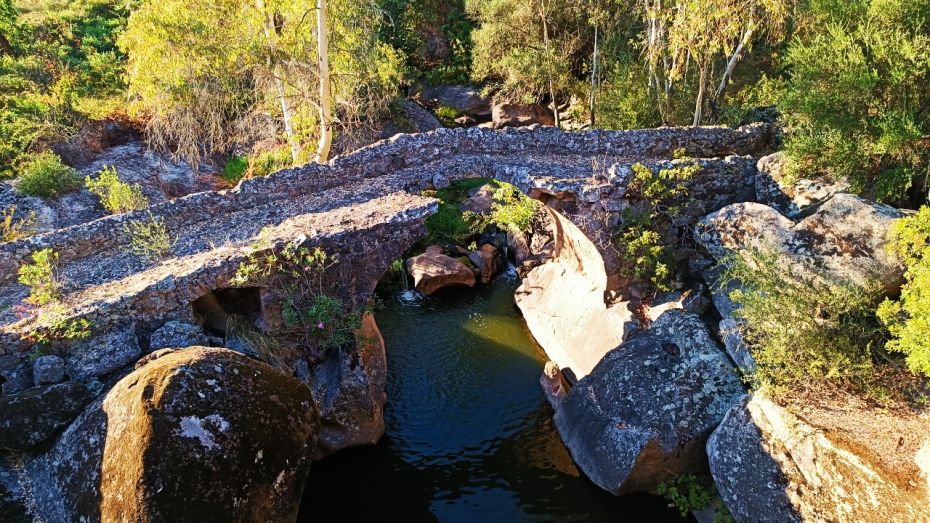
The Pontón de Brovales has a length of 12 metres and an arch with a curvature of 1.5 meters. It is in a state of ruin due to the severe damage suffered during the Spanish Civil War.
13. La Bazana Roman Bridge
The Roman bridge of La Bazana is located south of Jerez de Los Caballeros and crosses the Ardila River.
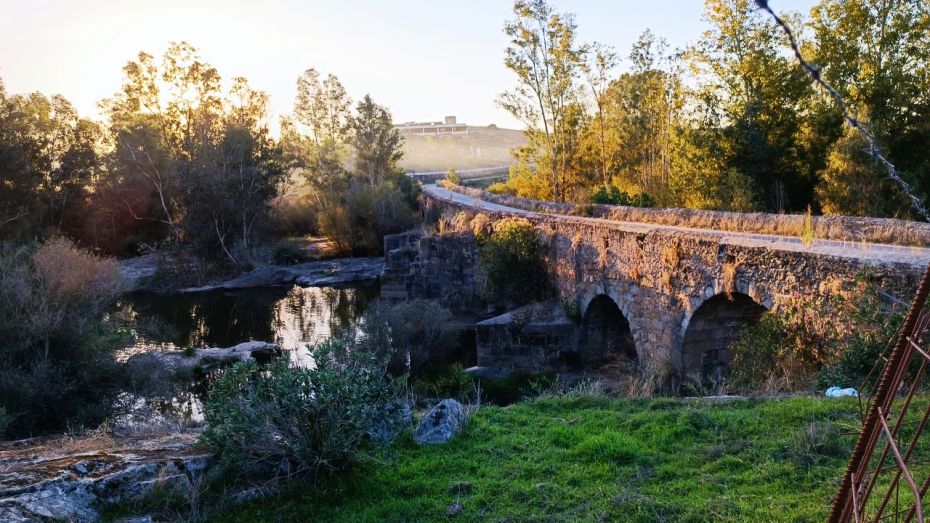
It is a 150-metre-long engineering feat, still in use to this day.
The original structure, which features nine arches and abutments on both sides, also includes cutwaters, added in more recent times.
Salón del Jamón Ibérico y la Dehesa (Iberian Ham and Dehesa Fair)
The Iberian Ham and Dehesa Fair in Jerez de Los Caballeros is one of the main events that take place in this Badajoz town.
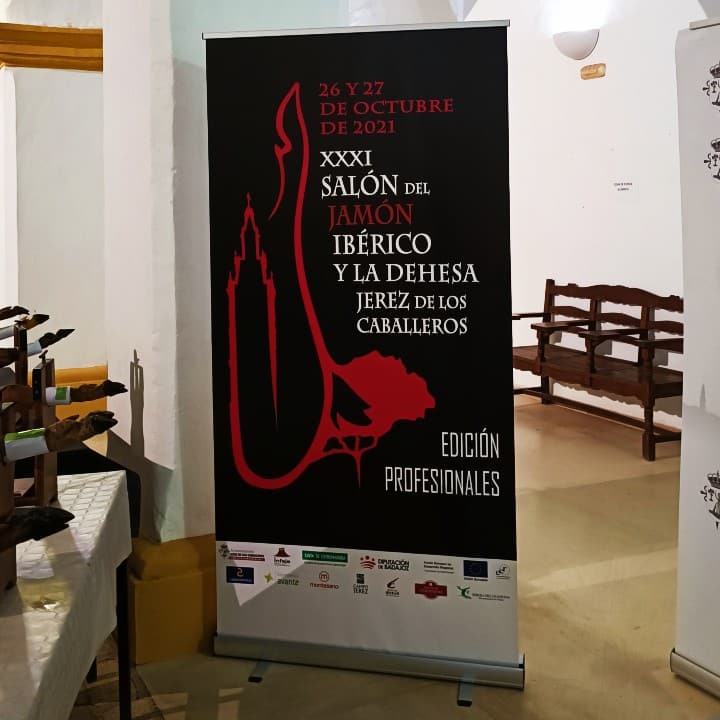
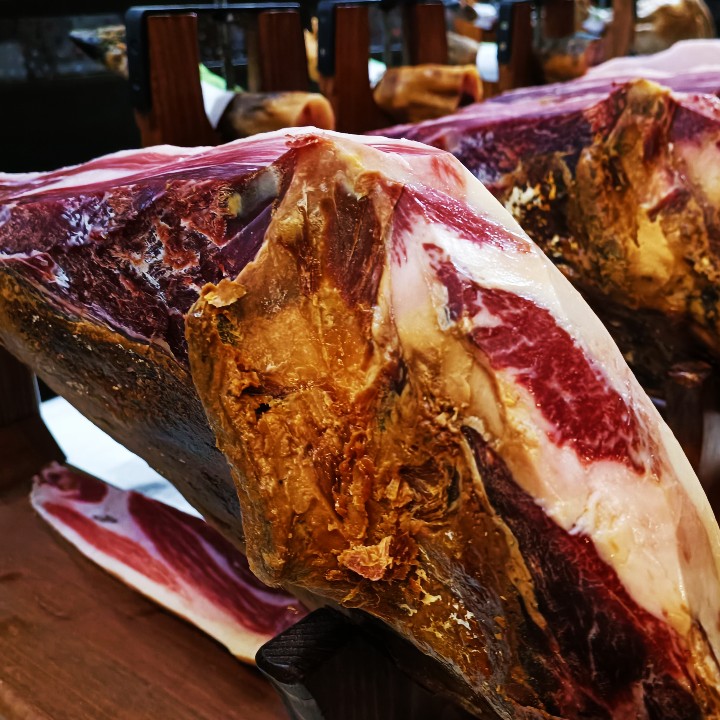
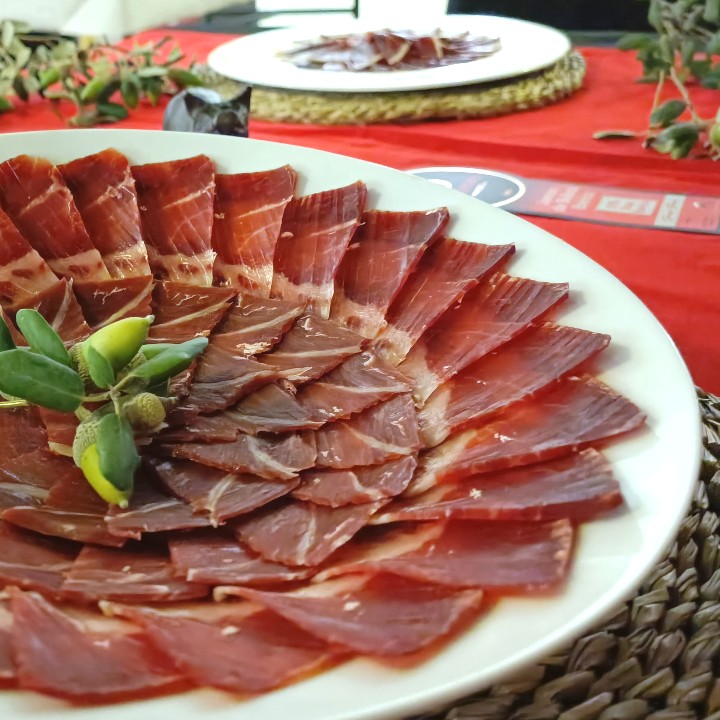
The Jerez de Los Caballeros region is one of the largest producers of Iberian pork in Spain and one of the main representatives of the Dehesa de Extremadura Designation of Origin.
The Iberian Ham and Dehesa Fair is a gastronomic showcase aimed at promoting Iberian ham and opening new national and international markets.
Every May, over a hundred industry players and thousands of visitors meet in Jerez de Los Caballeros with Iberian ham as their common denominator.
Professional shows, Iberian ham tasting and ham cutting competitions, gastronomic meetings, popular tastings, cultural events and leisure activities are held around the Salón del Jamón.
The activity takes place in the Jerez de Los Caballeros fairgrounds (Pl. De Toros, 21, 06380 Jerez de Los Caballeros, Badajoz).
For more information on future editions of the event, you can check the Salón del Jamón y la Dehesa official website.
Where to Stay in Jerez de Los Caballeros
Jerez de Los Caballeros has excellent accommodation options, from hotels to inns and rural villas, here you will find a selection of the most outstanding accommodations in Jerez.
Hand-picked hotels in Jerez de Los Caballeros
 Our Top Choice
Our Top ChoiceHotel Oasis Familiar is located next to the San Bartolomé tower, in the center of Jerez de Los Caballeros. It houses a traditional Andalusian restaurant and offers rooms with free Wi-Fi and a flat-screen TV.
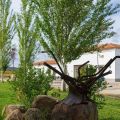 Budget Option
Budget OptionHotel Rural Arroyo la Plata by Bossh Hotels is located on the extensive grounds of a protected bird reserve, on the banks of the Ardila River. It is located in La Bazana, just 5 km from Jerez de Los Caballeros, and offers free Wi-Fi.
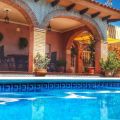 Luxury Option
Luxury OptionPlaza del Pacifico La Bazana offers accommodation with a private pool, balcony and pool views. The air-conditioned accommodation is 40 km from Zafra.


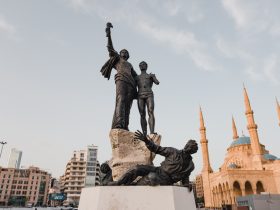
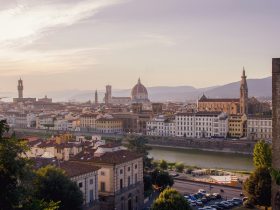
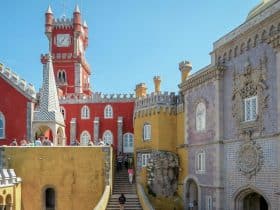
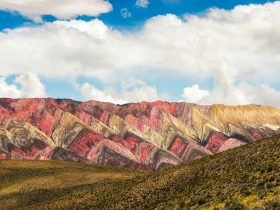
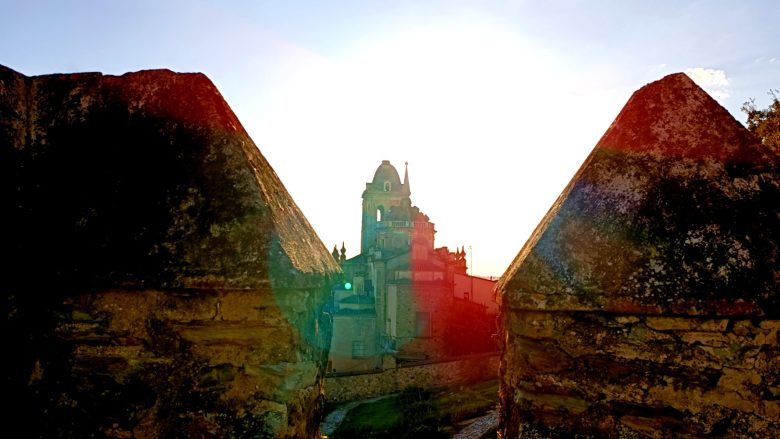
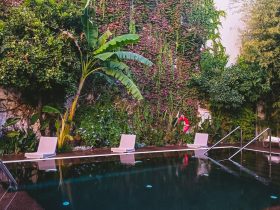
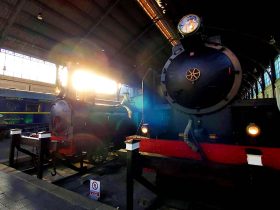
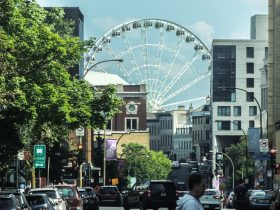
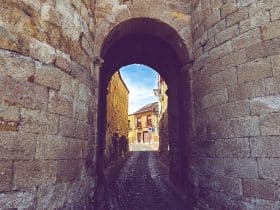










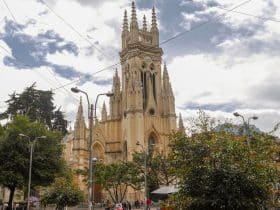
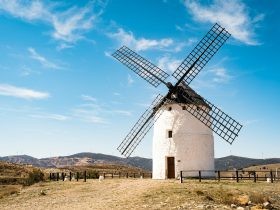
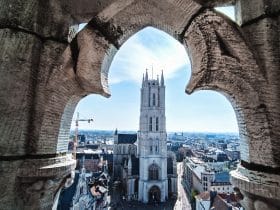

Leave a Reply
View Comments